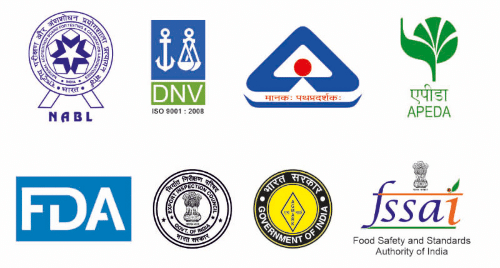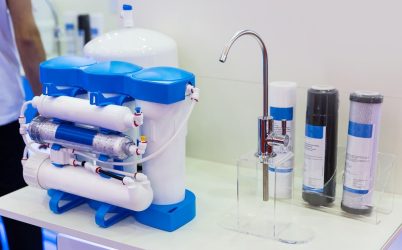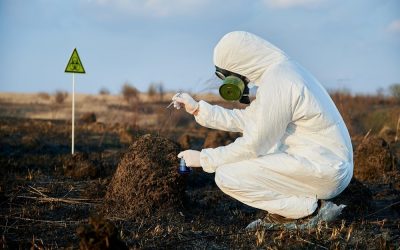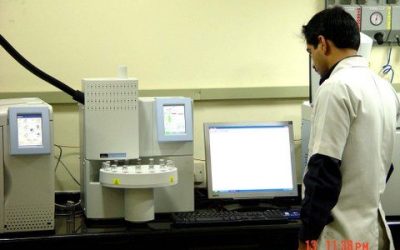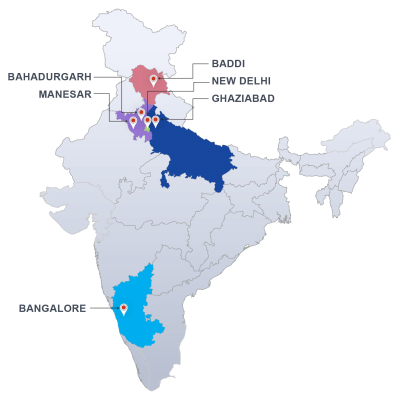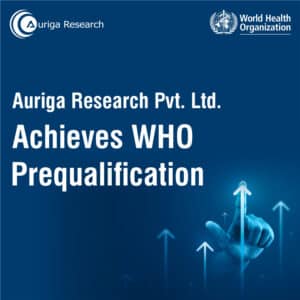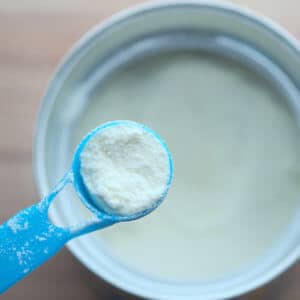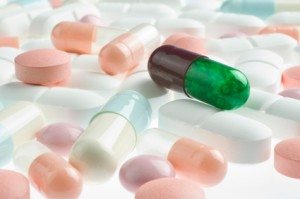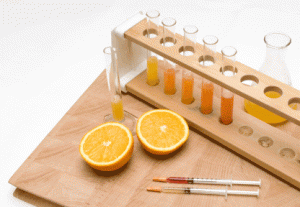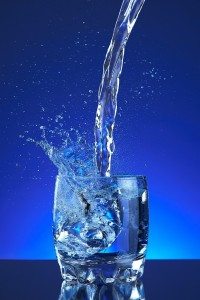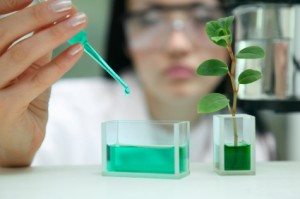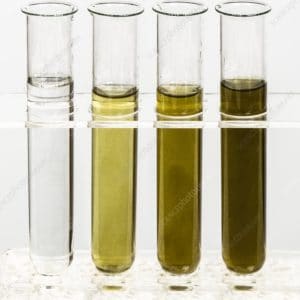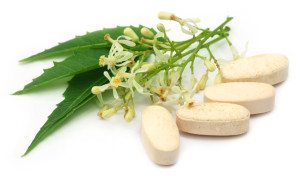
Our laboratory has over a decade of experience in testing pesticide residue in herbal products, herbal medicines, raw herbs and herbal extracts to ensure compliance to global quality standards.
We are equipped with state-of-the-art equipment such as LCMSMS, GCMSMS, GCMS, GC with ECD, and NPD for measuring trace levels of pesticides in herbal medicines. We use methods that have been validated in compliance to pharmacopoeial as well as other international requirements for testing pesticides in herbal medicines.
Our laboratory is accredited for carrying out the test for pesticides in herbal medicines by the National Accreditation Board for Testing and Calibration Laboratories to the ISO standard ISO 17025.
We can carry out the analysis to ensure compliance to requirements laid down for pesticide residue in herbal medicines as per European Pharmacopoeia or other pharmacopoeia or even to your buyer’s specifications.
We have established methods and traceable reference standards for a large number of pesticides from pesticide groups such as organochlorine, organophosphorus, carbamate, pyrethroids et cetera for testing your products with confidence and ensuring traceability to global standards.
Our laboratory has tested thousands of consignments of herbal medicines and extracts being exported to Europe, United States, Japan, Russia and various other countries, for pesticide residues and we are proud to say that we have never had a consignment tested by us fail when it has been re-tested in the importing countries.
Please feel free to contact us using the quick query form on the right or by calling us now on +91 – 45754575 to get a free proposal for testing pesticide residues in your herbal products.
Herbal medicines have an inherent quality of being pure and free of harmful chemicals and side effects. When consumers turn to herbal medicine such as Ayurvedic, Siddha, and Unani or traditional Chinese medicine they expect something that is natural and free from side effects.
The name herbal is synonymous with purity and freedom from toxins and chemical contaminants. However increasingly the raw herbs and materials are being sourced from farms where they are grown commercially with modern agricultural practices where a lot of pesticides and plant growth regulators and a variety of other chemicals might be used for enhancing the productivity.
Even if the raw herbs are sourced from natural sources or from deep within the forests contamination from adjoining farms as well as from contaminated soil and water sources can lead to the presence of pesticides and other chemical contaminants in the raw herbs as well as the standardised extracts and finished single herb or poly herbal formulations.
To minimise the exposure of consumers to these pesticides and chemicals pharmacopoeia such as Ayurvedic Pharmacopoeia of India, United States Pharmacopoeia (USP), European Pharmacopoeia (EP), British Pharmacopoeia (BP), Japanese Pharmacopoeia (JP) et cetera have laid down the limits for the a number of common pesticides.
Below is the list of pesticides residue in herbal products that we test in our laboratory:
| S. No. | Pesticide Name | Limit of detection |
|---|---|---|
| 1 | Alachlor | 5 µg/kg |
| 2 | Aldrin | 5 µg/kg |
| 3 | Amitraz | 5 µg/kg |
| 4 | Atrazine | 5 µg/kg |
| 5 | Bromopropylat | 5 µg/kg |
| 6 | Butachlor | 5 µg/kg |
| 7 | Carbaryl | 5 µg/kg |
| 8 | Carbofuran | 5 µg/kg |
| 9 | chinomethionte | 5 µg/kg |
| 10 | Chlorbenzilate | 5 µg/kg |
| 11 | Chloropyriphos | 5 µg/kg |
| 12 | Coumaphos | 5 µg/kg |
| 13 | Cyfluthrin | 5 µg/kg |
| 14 | Cyhalothrin | 5 µg/kg |
| 15 | Cypermethrin | 5 µg/kg |
| 16 | Deltamethrin | 5 µg/kg |
| 17 | Dieldrin | 5 µg/kg |
| 18 | Endosulfan I | 5 µg/kg |
| 19 | Endosulfan II | 5 µg/kg |
| 20 | Endosulfan sulphate | 5 µg/kg |
| 21 | Endrin | 5 µg/kg |
| 22 | Ethion | 5 µg/kg |
| 23 | Fenavalerate | 5 µg/kg |
| 24 | Fluvalinate | 5 µg/kg |
| 25 | Heptachlor | 5 µg/kg |
| 26 | Heptachlor epoxide | 5 µg/kg |
| 27 | Hexachlorobenzene | 5 µg/kg |
| 28 | Malathion | 5 µg/kg |
| 29 | Methomyl | 5 µg/kg |
| 30 | Methyl parathion | 5 µg/kg |
| 31 | Methyl-paraoxon | 5 µg/kg |
| 32 | Monocrotophos | 5 µg/kg |
| 33 | O, p DDT | 5 µg/kg |
| 34 | P, p DDD | 5 µg/kg |
| 35 | P, p DDE | 5 µg/kg |
| 36 | P, p DDT | 5 µg/kg |
| 37 | Parathion | 5 µg/kg |
| 38 | Permethrin | 5 µg/kg |
| 39 | Phorate | 5 µg/kg |
| 40 | Phorate sulfone | 5 µg/kg |
| 41 | Phorate sulfoxide | 5 µg/kg |
| 42 | Phosalone | 5 µg/kg |
| 43 | Propoxur | 5 µg/kg |
| 44 | Β – HCH | 5 µg/kg |
| 45 | γ- HCH (Lindane) | 5 µg/kg |
| 46 | – HCH | 5 µg/kg |
| 47 | Acephate | 5 µg/kg |
| 48 | Azinophos Ethyl | 5 µg/kg |
| 49 | Azinophos methyl | 5 µg/kg |
| 50 | Bromophos ethyl | 5 µg/kg |
| 51 | Bromophos Methyl | 5 µg/kg |
| 52 | Chlordane, cis- | 5 µg/kg |
| 53 | Chlordane, trans- | 5 µg/kg |
| 54 | Chlorpyrifos | 5 µg/kg |
| 55 | Chlorpyrifos Methyl | 5 µg/kg |
| 56 | Chlorthal-dimethyl | 5 µg/kg |
| 57 | Cyhalothrin I (lambda) | 5 µg/kg |
| 58 | DDD-o,p | 5 µg/kg |
| 59 | DDE-o,p | 5 µg/kg |
| 60 | Delta HCH | 5 µg/kg |
| 61 | Diazinon | 5 µg/kg |
| 62 | Dichlofluanid | 5 µg/kg |
| 63 | Dichlorvos | 5 µg/kg |
| 64 | Dicofol | 5 µg/kg |
| 65 | Dimethoate | 5 µg/kg |
| 66 | Dithiocarbamates as CS2 | 100 µg/kg |
| 67 | Fenchlorphos | 5 µg/kg |
| 68 | Fenitrothion | 5 µg/kg |
| 69 | Fenpropathrin | 5 µg/kg |
| 70 | Fensulfuron | 5 µg/kg |
| 71 | Fenthion | 5 µg/kg |
| 72 | Fenvalerate | 5 µg/kg |
| 73 | Flucythrinate | 5 µg/kg |
| 74 | Fonofos | 5 µg/kg |
| 75 | Hexaconazole | 5 µg/kg |
| 76 | Inorganic Bromide | 5 µg/kg |
| 77 | Malaoxon | 5 µg/kg |
| 78 | Mecarbam | 5 µg/kg |
| 79 | Methacrifos | 5 µg/kg |
| 80 | Methamidophos | 5 µg/kg |
| 81 | Methidathion | 5 µg/kg |
| 82 | Methoxychlor | 5 µg/kg |
| 83 | Metolachlor | 5 µg/kg |
| 84 | Mirex | 5 µg/kg |
| 85 | Monocrotophos | 5 µg/kg |
| 86 | Omethoate | 5 µg/kg |
| 87 | Pendimethalin | 5 µg/kg |
| 88 | Pentachloroanisole | 5 µg/kg |
| 89 | Phosmet | 5 µg/kg |
| 90 | Piperonyl-butoxide | 5 µg/kg |
| 91 | Pirimiphos ethyl | 5 µg/kg |
| 92 | Pirimiphos methyl | 5 µg/kg |
| 93 | Procymidone | 5 µg/kg |
| 94 | Profenophos | 5 µg/kg |
| 95 | Prothiphos | 5 µg/kg |
| 96 | Pyrithrin | 5 µg/kg |
| 97 | Quinalphos | 5 µg/kg |
| 98 | Quintozene | 5 µg/kg |
| 99 | S-421 | 5 µg/kg |
| 100 | Tau Fluvalinate I | 5 µg/kg |
| 101 | Tecnazene | 5 µg/kg |
| 102 | Tetradifon | 5 µg/kg |
| 103 | Vinclozolin | 5 µg/kg |


